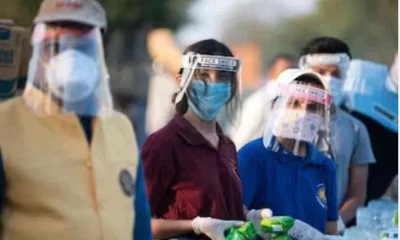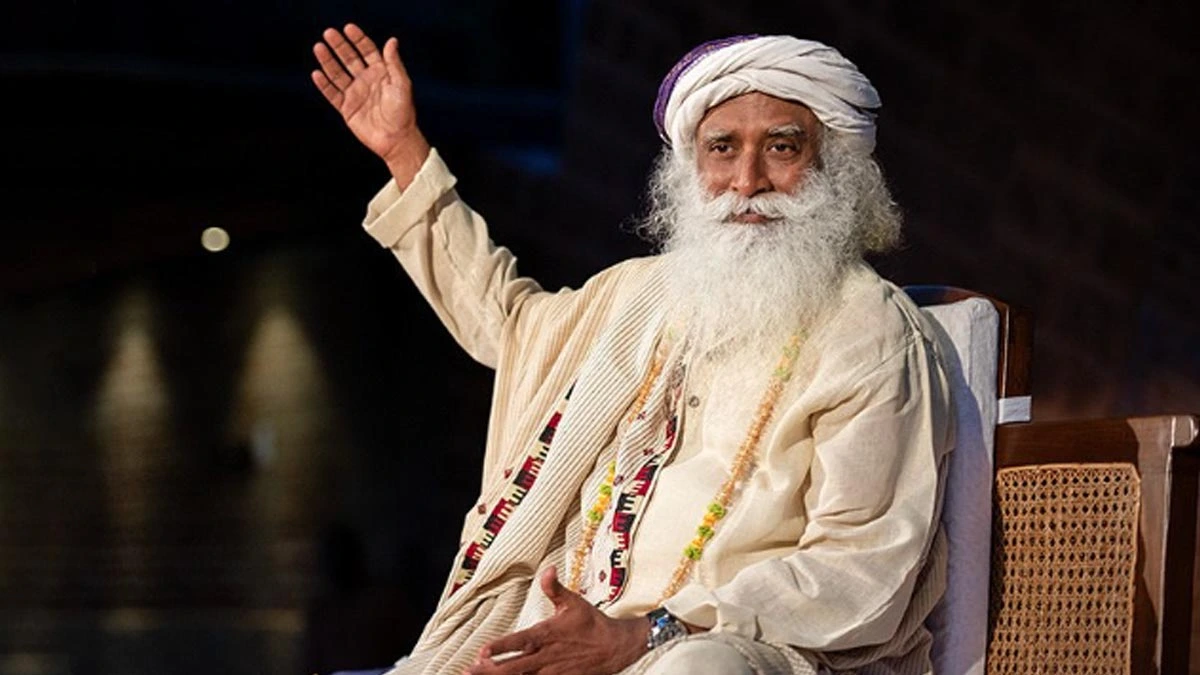Just as we begin to breathe a sigh of relief with the dip in Covid-19 cases, a new coronavirus variant has emerged that is highly transmissible and more contagious than the previous ones. When the country is reporting cases in three digits, detection of the XE variant in Gujarat has sparked concerns for the fourth wave.
The first case of the Omicron XE variant has been reported in Gujarat’s Vadodara. The infected person is a 67-years-old male, who along with his wife had travelled to Vadodara from Mumbai and was tested positive for coronavirus on March 12. Since he was from outside the state, his sample was sent for genome sequencing and the results revealed that this was a case of Omicron XE variant, said doctors. One case of XM variant has also been detected in the state
Earlier, there were reports that a 50-year-old woman with a travel history to South Africa may have been infected with the newly-discovered coronavirus variant XE but later health ministry declined the report.
Read Also: Covid-19 booster dose: Where can you get it? What price? All you need to know
What is the XE variant?
The Omicron variant has two significant sub-variants, BA.1 and BA.2, which are responsible for almost 90% of the infections discovered this year. A BA.3 sub-variant exists as well, but it is less common. Even though BA.2 was discovered to be significantly more transmissible than BA.1, it was not proven to be more dangerous.
The XE variation is referred to as recombinant. This suggests it has both BA.1 and BA.2 Omicron mutations. This was initially identified in January in the United Kingdom, and over 600 examples of XE have been discovered in other countries.
It’s not rare to come across recombinant variations. Variants with mutations that are similar to two or more known variants are common. In fact, variations with the Delta and Omicron mutations have been discovered.
Severity of XE variant
On April 2, the World Health Organization stated that XE appears to be more transmissible than previous coronavirus strains. XE mutation appears to be 10 percent more contagious than the BA.2 sub-variant of Omicron, said WHO.
The emergence of the XE variant, on the other hand, does not necessarily indicate a new wave in the country. It’s similar to the Omicron variation at the moment. The threat from the XE variety to the Indian population is now low unless it develops special abilities to infect, overcome immunity, or create a more severe type of disease.
Can India expect fourth Covid-19 wave?
A team from IIT Kanpur predicted that the next wave would hit India in June, last for four months, and peak in August. The same research team had previously predicted that the third wave of the pandemic in India would peak by February 3, 2022.
There is no scientific, epidemiological, or virological reason to predict a fourth Covid wave, but nobody can predict that it will not happen. We can say the probability is extremely low but we’ve to be vigilant, said Dr T Jacob John, Virologist, and former professor, CMC Vellore.
Symptoms of XE variant
Symptoms and severity of the Covid-19 virus vary from person to person depending on vaccination status and immunity gained from prior infections.
Read Also: Uttar Pradesh Chief Minister Office’s Twitter account hacked, DP changed to ape, restored later
Common symptoms
Fever, sore throat, scratchy throat, cough and cold, skin irritation and discolouration, gastrointestinal distress, fatigue, headache, dizziness, etc.
Some of the symptoms of severe diseases are heart ailment, palpitation, and sometimes the virus can also cause severe nerve diseases.
Loss of smell and taste which is the most common symptom of coronavirus are rarely reported in people affected with the new Omicron variant.
Where was the XE variant first detected?
Since the first detection of XE recombinant (BA.1-BA.2) in the UK on January 19, more than 600 sequences have been reported and confirmed. The XE variant has also been detected in Thailand and New Zealand.
Uttar Pradesh Chief Minister Office’s Twitter account hacked, DP changed to ape, restored later
CJI NV Ramana says there is new trend of government maligning judges, calls it unfortunate


 Cricket news6 hours ago
Cricket news6 hours ago
 India News5 hours ago
India News5 hours ago
 India News2 hours ago
India News2 hours ago
 Latest world news6 hours ago
Latest world news6 hours ago
 India News3 hours ago
India News3 hours ago















